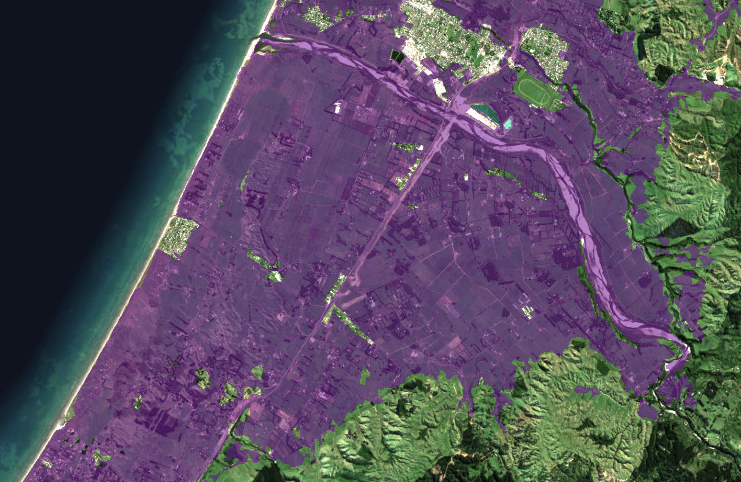Beef + Lamb New Zealand says an updated low-slope map is still flawed and the whole approach will never be fit for purpose.
As part of the Resource Management (Stock Exclusion) Regulations 2020, the Ministry for Primary Industries introduced a map that identifies low-slope land across New Zealand.
Stock must be excluded from areas with a slope of between 5 and 10 degrees, or waterways fenced, but farming leaders took issue the original map.
BLNZ chief executive Sam McIvor said based on discussions with farmers there still appear to be significant inaccuracies.
“The changes are another example of the government tinkering around the edges rather than doing what’s really needed to get things right,” he said.
“While an exemptions regime for when the map is wrong would help, our strong preference remains to replace the map with a general rule that can be applied in detail at the regional level. We believe this would be more effective and not cost farmers unnecessarily.
“The map will never be right – it’s just not possible to get a national map accurate enough at the paddock level. In fact, officials have expressly told the government this.”
Officials noted in the Regulatory Impact Statement: “Despite changes to the map, there will still be instances where it captures extensive high-country farming, and it will continue to be inefficient in this regard.”
While officials noted they will undertake further policy work to consider an exception for extensive farming captured by the map based on land use (for example stocking rate) this will be subject to future government decisions.
“This isn’t good enough. Farmers are already facing a tsunami of environmental rules, many of them poorly conceived, and the government needs to provide rules that enable farmers to do the right thing, not make it harder,” McIvor said.
“While everyone wants good freshwater health outcomes, the way the government has given effect to the rules with this flawed map is deeply concerning.
“It’s unacceptable for farmers to be told to fence where they shouldn’t need to. Fencing costs are significant, and the costs of putting in water reticulation systems [where stock are provided with troughs to keep them away from waterways] add further significant costs.”
Fencing costs can range from about $10,000 per kilometre to install and run a hot wire system, through to nearly $30,000 per kilometre.
The original map was estimated to require over 25,000km of fencing at an estimated cost to farmers (from fencing and loss of production land) of over $1 billion by 2050.
The updated map is estimated to reduce the amount of land needing to be fenced by 13%, which still means estimated costs of about $800 million by 2050.
Farmers are encouraged to check the low-slope map for stock exclusion as it relates to their farm. If they identify inaccuracies, they should contact freshwater@mfe.govt.nz and also raise their concerns with their local MP.
The map can be found on the MfE website.
The low-slope map for stock exclusion changes were part of changes announced by the government on Thursday, relating to the National Environmental Standards for Freshwater Management, the National Policy Statement for Freshwater Management, and related Resource Management Act settings.










